Maraapunisaurus
Name Origin
Derived from "Maraapuni," meaning "huge" in the language of the Southern Ute tribe.
Family
Rebbachisauridae
Classification
Diapsida, Saurischia, Sauropodomorpha
Habitat (Discovery Location)
United States
Period
Approximately 150 million years ago (Late Jurassic)
Length
Approximately 30 to 32 meters
Weight
Approximately 70 tons
Diet
Herbivore (Plant-eater)
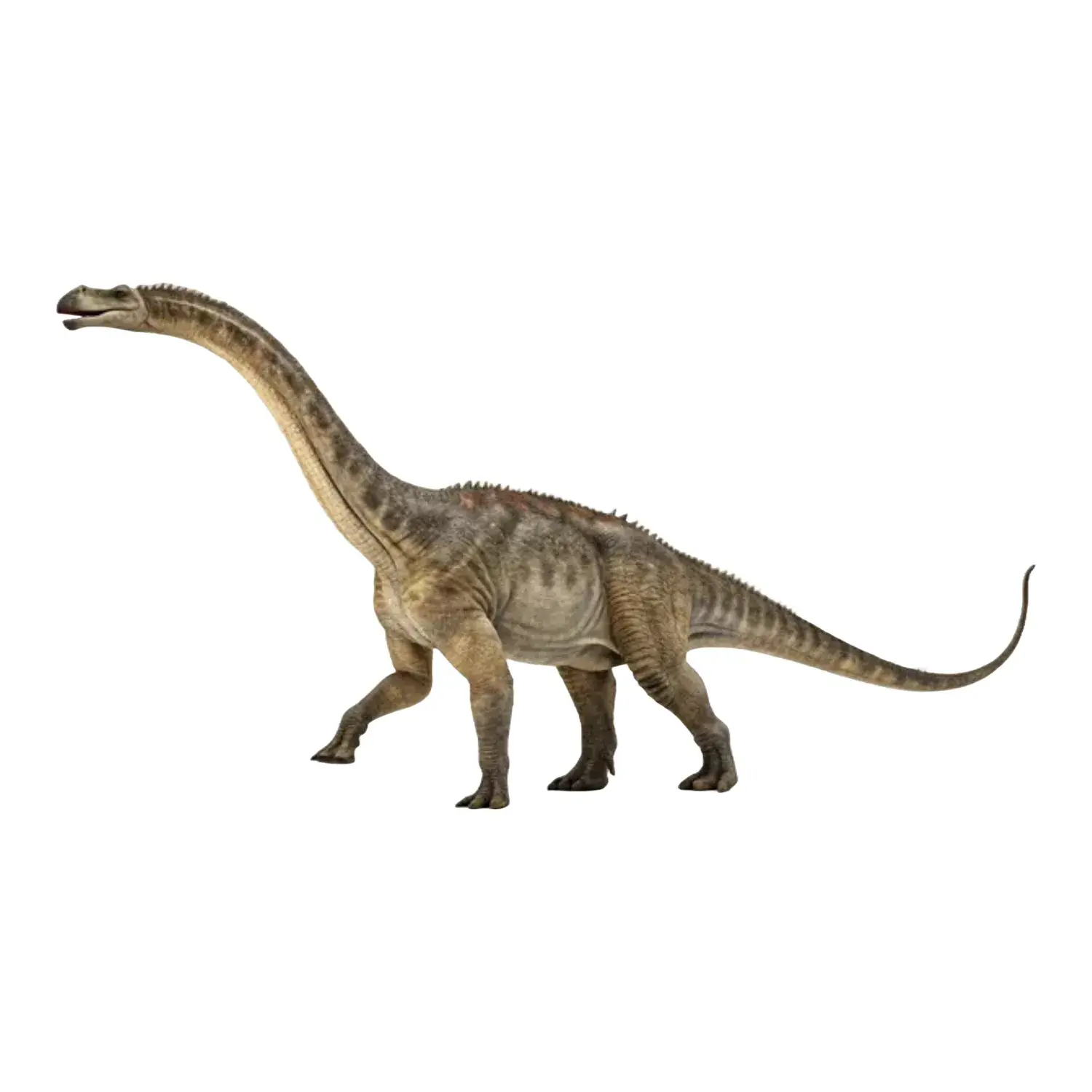
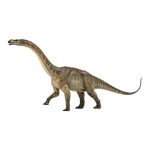
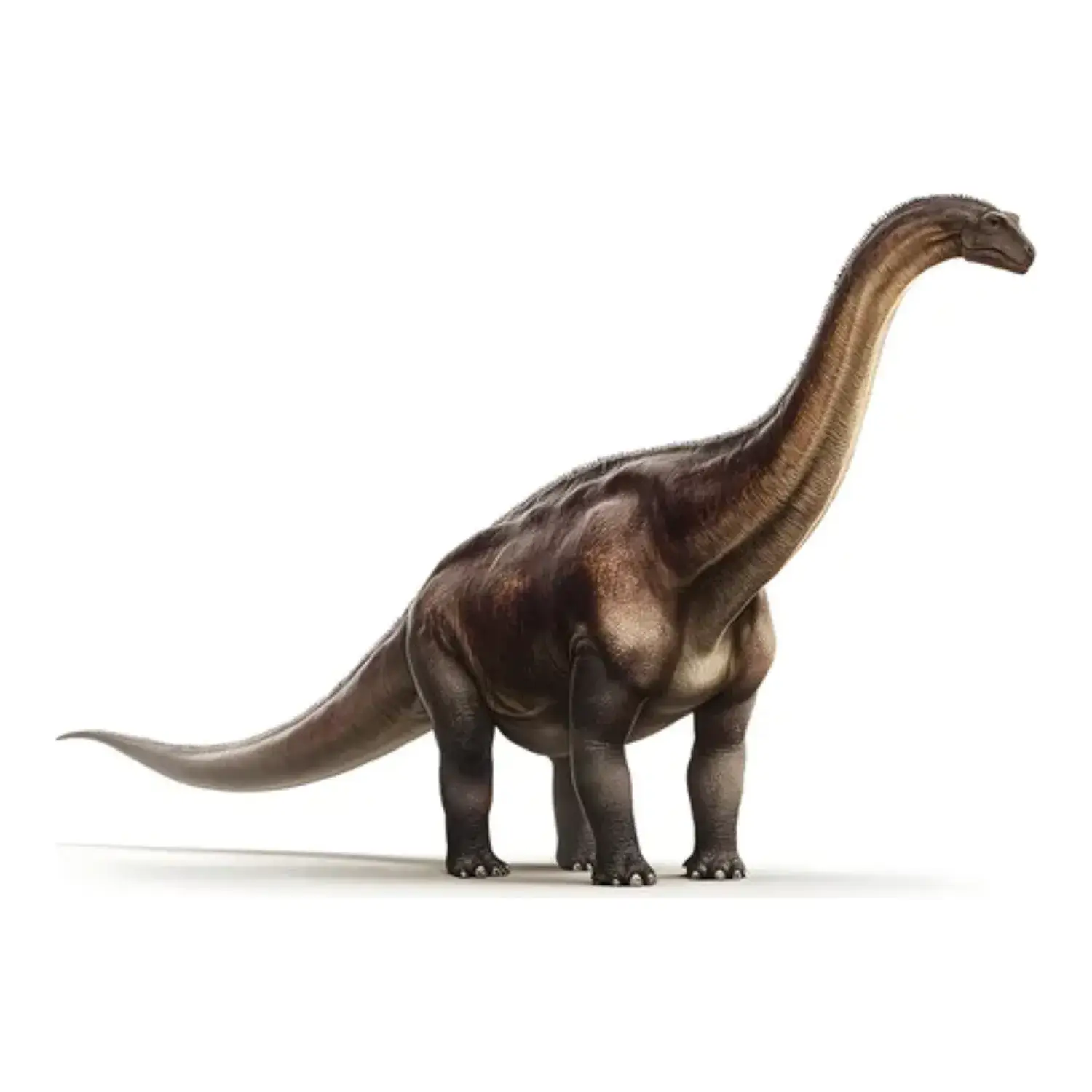
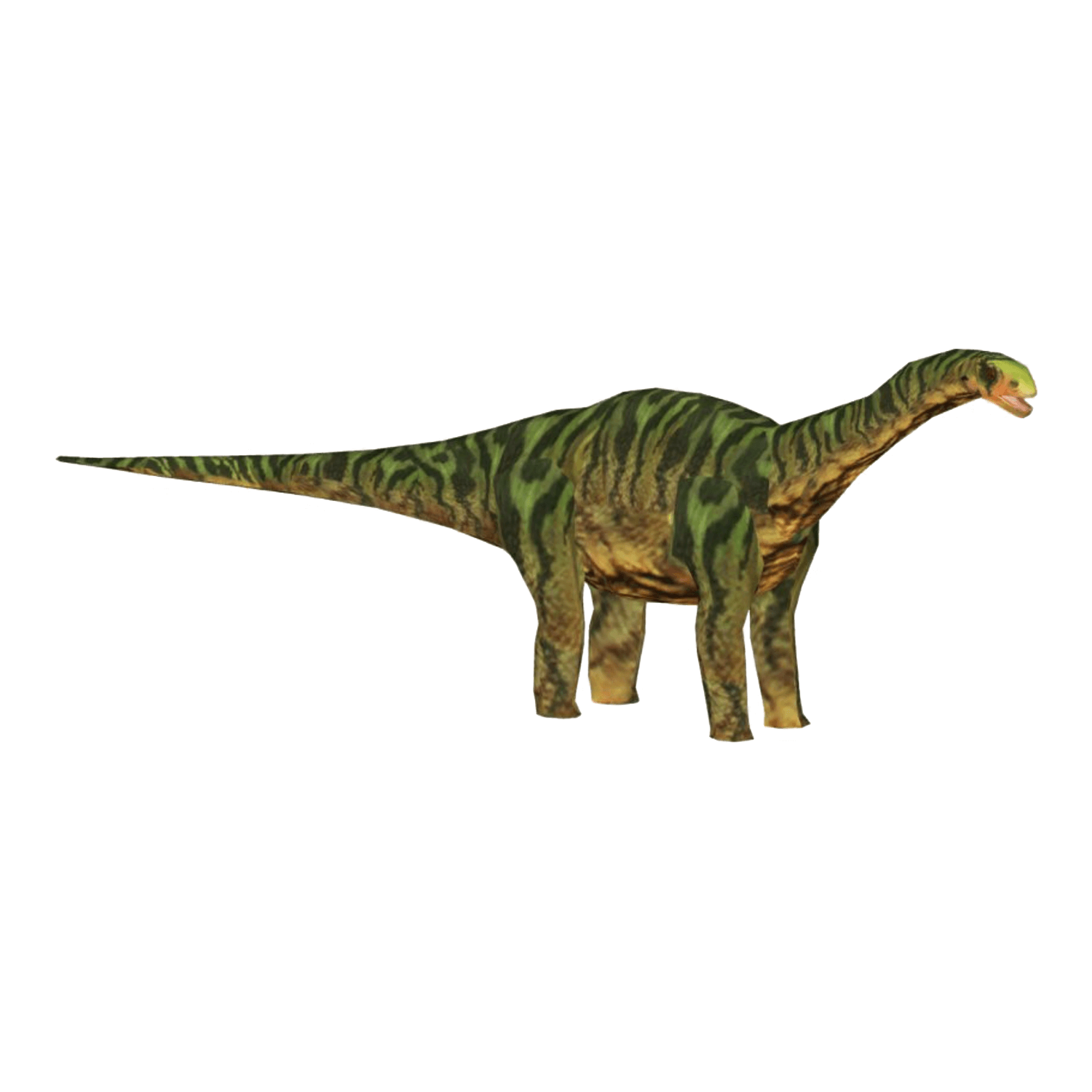

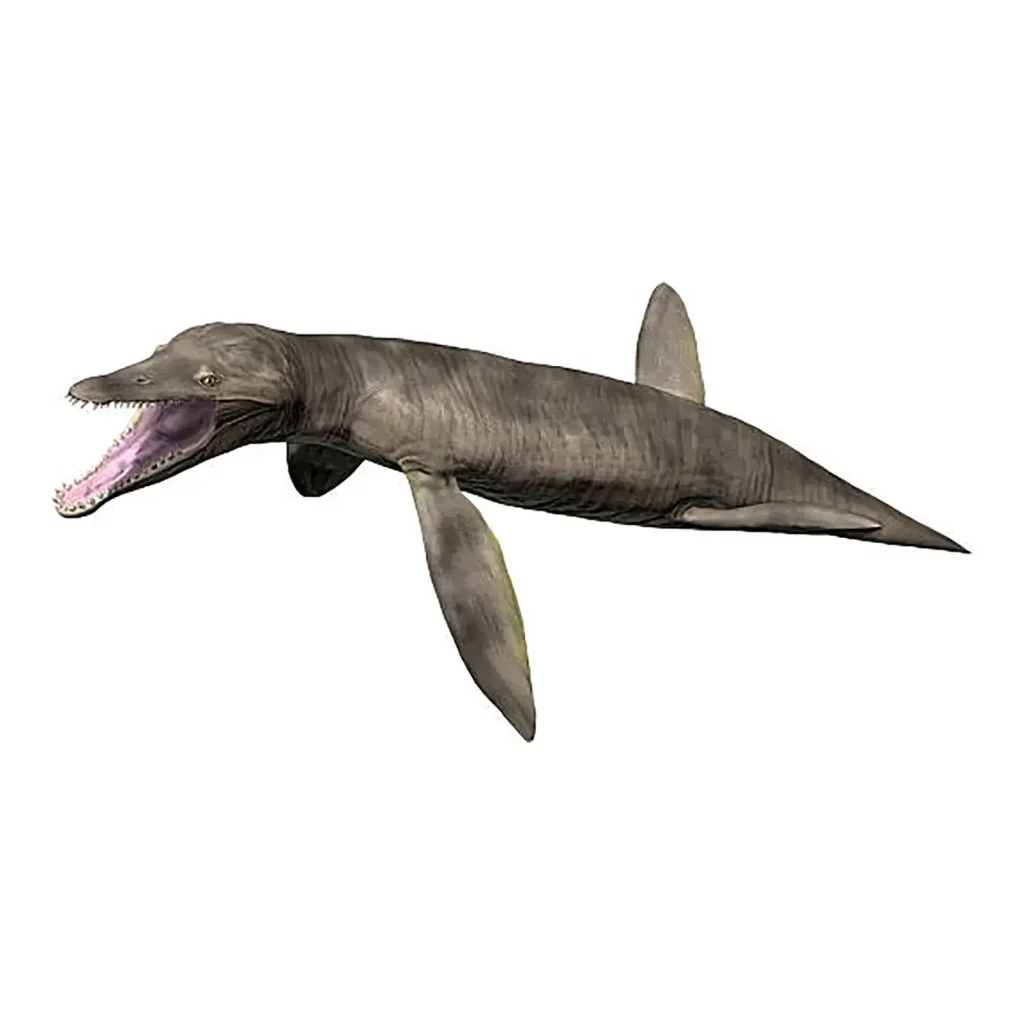
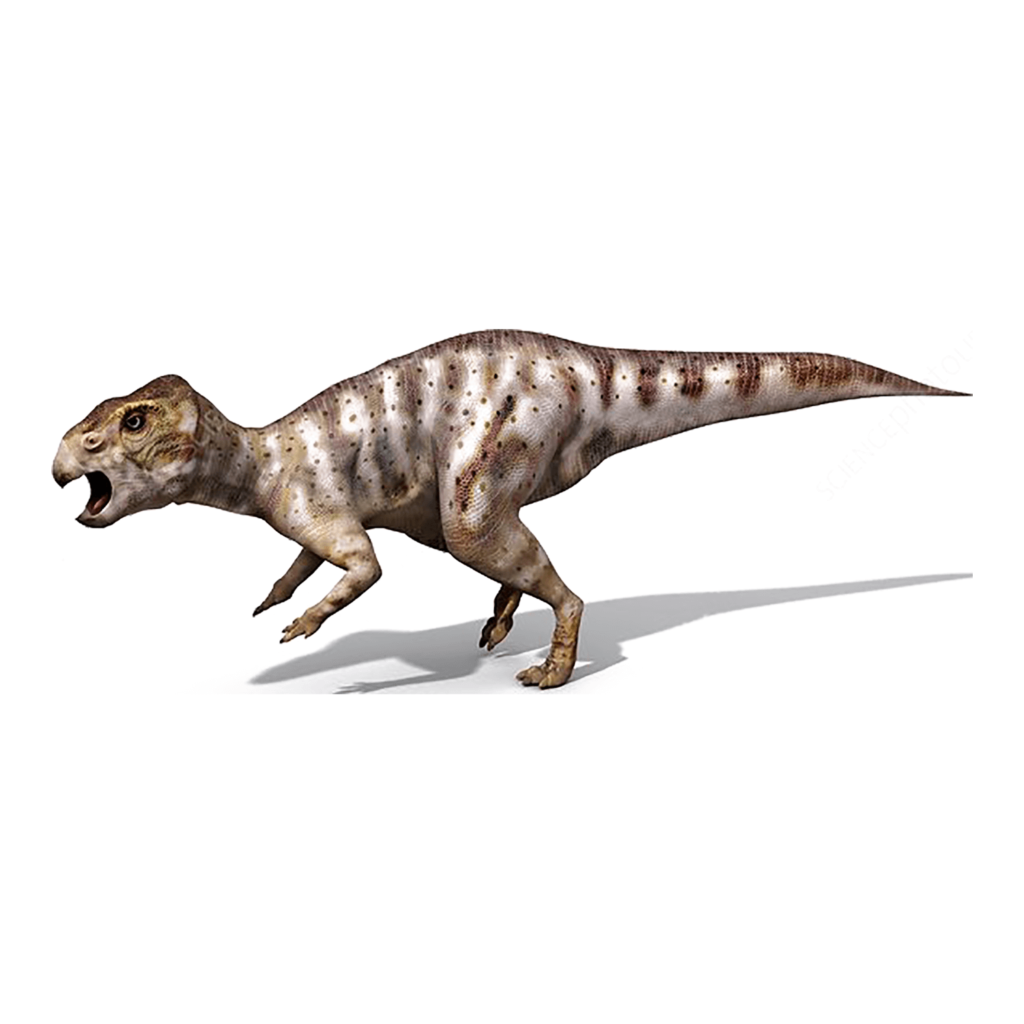
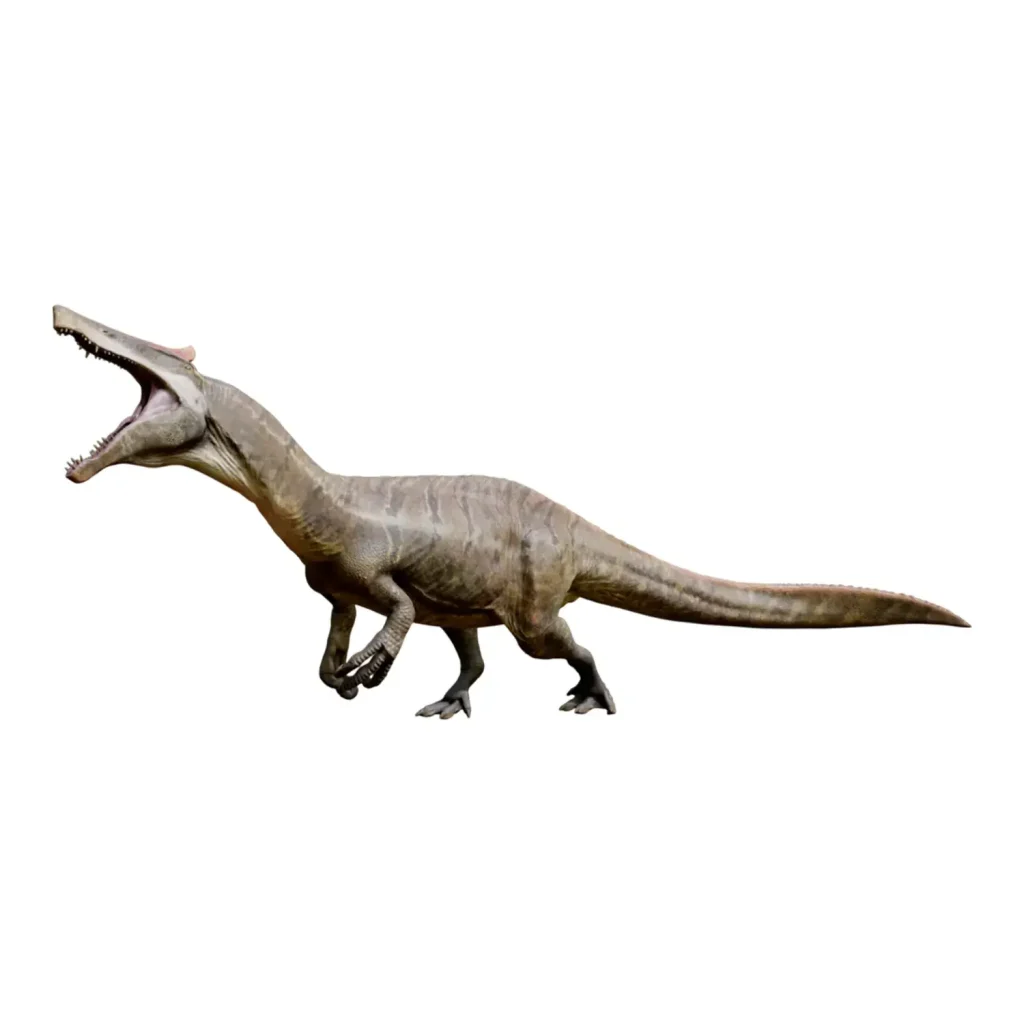
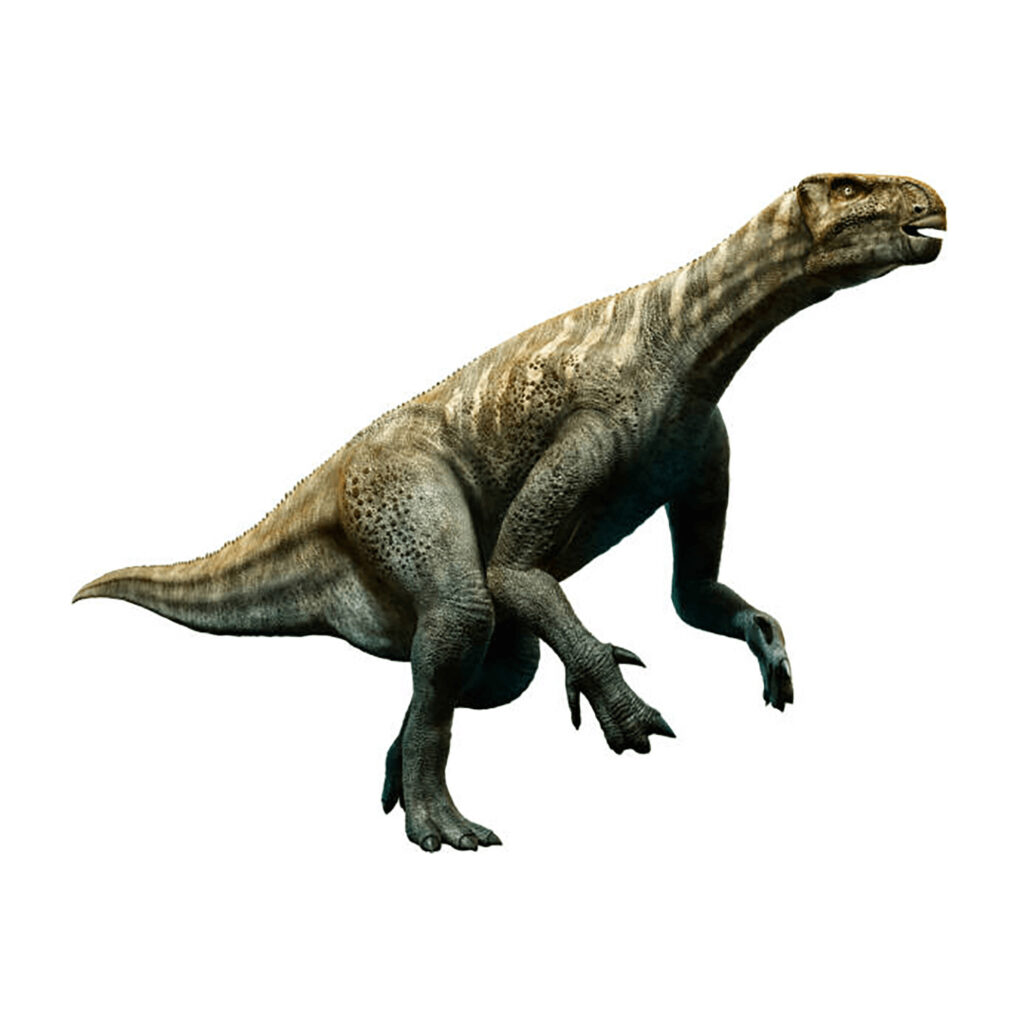









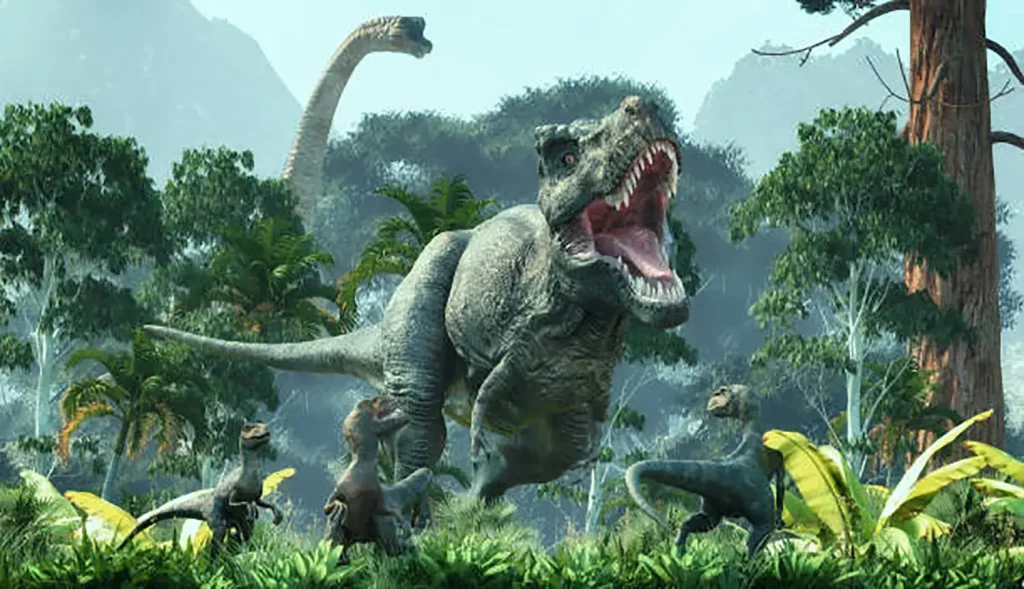
Description
Maraapunisaurus was a sauropodomorph dinosaur known from the Morrison Formation in North America during the Late Jurassic period (approximately 150 million years ago).
This dinosaur is often counted among the largest dinosaur specimens ever, and its existence has become both a legend and a major source of controversy in the paleontological community.
This is because the only evidence proving its existence—a giant dorsal vertebra fossil—was lost shortly after its discovery.
The dinosaur now known as Maraapunisaurus fragillimus was previously included in the genus Amphicoelias and called Amphicoelias fragillimus.
The Legend of the Lost Giant: The Discovery and Disappearance of a 1.5m Vertebra
The story of Maraapunisaurus begins in the midst of the “Bone Wars” of the late 19th century.
A Remarkable Discovery and Description
In 1877, Oramel William Lucas, a fossil hunter employed by the renowned paleontologist Edward Drinker Cope, discovered a remarkably large partial vertebra near Cañon City, Colorado.
Although the fossil (part of the neural spine and neural arch) was poorly preserved, its size was astonishing. Cope recorded that the preserved portion was about 1.5m tall, and the original height might have been around 2.7m.
Cope described this in 1878 as the holotype (type specimen) for a new species within the Amphicoelias genus: Amphicoelias fragillimus.
The specific name was given to mean “very fragile” because the neural arch structure was extremely thin.
The Disappearance of the Fossil and Its Impact
However, the giant vertebra—the sole specimen proving this historic discovery—subsequently went missing.
Today, the only evidence supporting its existence are Cope’s drawings and field notes.
Reasons for Disappearance
Paleontologist Kenneth Carpenter suggests that due to the primitive preservation techniques of the time and the fragility of the mudstone containing the fossil, it likely crumbled and was discarded soon after Cope made his drawings.
Attempts at Rediscovery
Surveys using ground-penetrating radar were conducted, but no bones were found.
A geological survey of the site indicated that the fossil-bearing strata were severely eroded, suggesting that much of the skeleton may have already been lost by the time Lucas discovered it.
Due to the specimen’s disappearance, the existence of Maraapunisaurus and its incredible size have long been treated as either a paleontological legend or a questionable claim.
The Great Size Debate: 60m Class or 30m Class?
Since only the lost specimen exists, accurately estimating the size of Maraapunisaurus is extremely difficult and remains a major point of contention among researchers.
All estimates are based on Cope’s ambiguous original description and drawings, which are also noted to potentially contain critical errors.
The Giant Theory: A Super-Sized 60m Length and 150t Weight
In his original description, Cope estimated the height of Maraapunisaurus’s femur to be 3.6m based on comparisons with other sauropods.
Using this, later researchers estimated its overall size by scaling it against closely related species.
Paul’s Estimate (1994)
Using Diplodocus, considered a close relative, as a reference, he estimated the total length to be 40 to 60m.
Carpenter’s Initial Estimate (2006)
Also using Diplodocus as a reference, he estimated the total length to be 58m.
He also suggested a possible weight of 122.4t.
This is a colossal size, approaching that of the blue whale (record weight 173t).
If this estimate were correct, Maraapunisaurus would be by far the largest creature to have ever existed on Earth, even larger than the original Godzilla.
The Downsizing Theory: Revision to the 30m Class
However, these enormous estimates have been questioned regarding their biological plausibility and the reliability of Cope’s records.
Criticism by Woodruff and Foster (2015)
They pointed out that Cope’s measurements were incredibly large compared to any other giant sauropod, that 19th-century paleontologists tended not to pay close attention to fossil size, and the possibility of measurement errors (such as confusing meters and millimeters).
They concluded that the super-giant Maraapunisaurus was a “highly improbable” creature.
Reclassification and Re-estimation by Carpenter (2018)
Carpenter himself re-examined Cope’s drawings and concluded that the species likely belonged to the Rebbachisauridae family, not the Diplodocidae.
Recalculating based on the rebbachisaurid Limaysaurus, he revised the estimated length of Maraapunisaurus downward to 30.3m to 32m, with a hip height of about 7.95m—roughly half the previous estimate.
Even so, it remains a giant, comparable in size to the largest diplodocids like Supersaurus.
Today, this 30m-class estimate is increasingly accepted as more realistic.
Changes in Classification and Paleontological Significance
The taxonomic placement of Maraapunisaurus has undergone as much change as its size estimates.
From Diplodocidae to Rebbachisauridae
It was long classified within the Diplodocidae family, but Carpenter’s 2018 reassessment suggested it was more likely a basal member of the Rebbachisauridae family due to the strong resemblance of its vertebra’s morphology to that group.
If correct, Maraapunisaurus would be the oldest known rebbachisaurid and the only one discovered in North America, potentially overturning previous theories about the origin and distribution of this group.
The Birth of the New Genus “Maraapunisaurus”
Following this reclassification, Carpenter removed the species from the Amphicoelias genus and gave it the new genus name Maraapunisaurus.
This name is derived from the Southern Ute word “Maraapuni,” meaning “huge.”
Establishing a new genus based on a lost specimen is unusual but is permitted under the International Code of Zoological Nomenclature (ICZN).
Is the Legend True? Future Prospects
The story of Maraapunisaurus symbolizes the excitement of discovery in paleontology, the uncertainty of historical records, and the continuous progress of scientific inquiry.
The lost giant bone suggests the possibility that creatures of unimaginable size once existed on Earth, while its true appearance remains shrouded in mystery.
The fact that even Cope’s rival, Othniel Charles Marsh, did not question Cope’s claim suggests the bone’s immense size might have been real.
However, without definitive evidence, whether Maraapunisaurus was truly the largest dinosaur ever remains a question that can only be answered by future fossil discoveries.
Regardless, the legend of Maraapunisaurus continues to inspire us with the grandeur of the dinosaur age and our unending quest to understand the lost world.